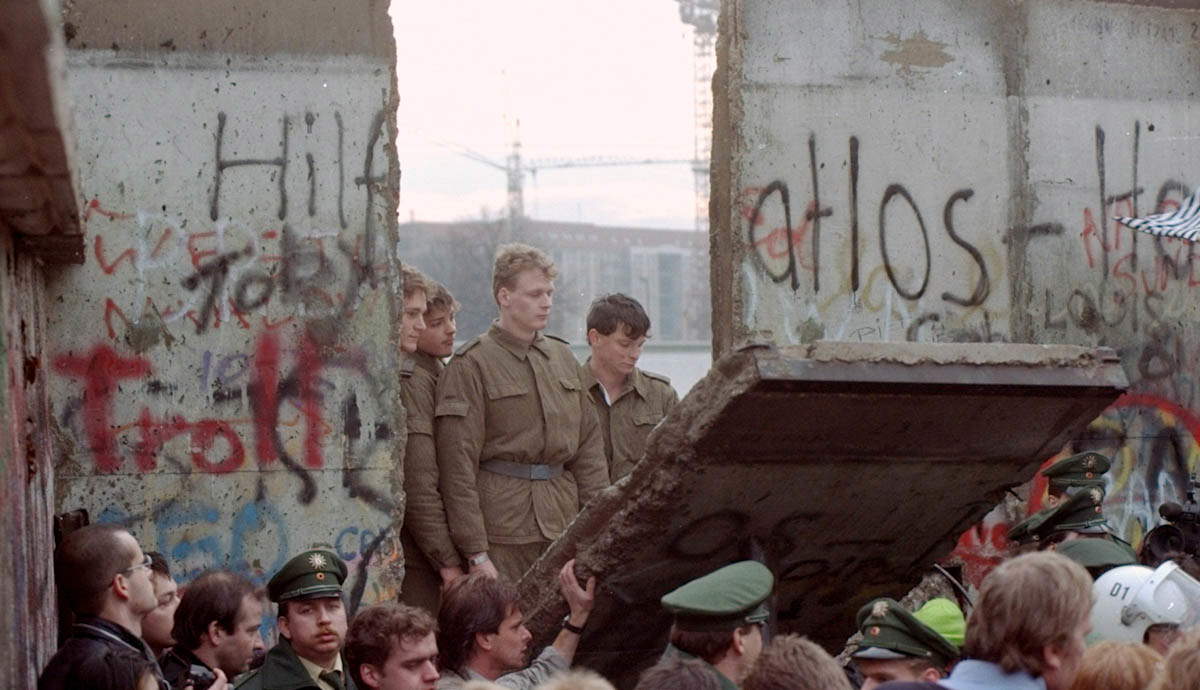
Korea’s modern history before 75,000 North Koreans invaded in the Korean War was harsh. Japan’s 1899 defeat of China and Russia in 1905 left it dominant in East Asia. Japan moved in fast, making Korea a protectorate. Upon the assassination of the queen, annexation followed in 1910. For the next thirty-five years, Japan occupied Korea, banning the Korean culture language and taking both resources and people to work in Japan. Great efforts were made at assimilation. The occupation’s harsh nature led to thousands of Koreans fleeing into Manchuria to form fierce independence groups. The Japanese impressed several million Koreans as forced labor during World War II across their Greater East Asia Co-Prosperity Sphere.
The Five Years Between: 1945-50

Japan surrendered unconditionally in 1945. Americans landed in the south, and the Russians seized the north, dividing the Korean Peninsula at the 38th Parallel. By the decade’s end, two clear-cut countries emerged: North Korea, led by Kim Il Sung, and anti-Communist South Korea, led by Syngman Rhee. As each country formed as the Cold War began, the area got special attention from the Soviets, China, and America.
Both sides wrangled about Korea’s fate, usually in the United Nations. With no real political progress and after aiding Communist South Korean sympathizers plus a failed rebellion, the Soviet-backed North Korea decided on war.
Onto War: June 1950

At 4 AM on June 25, 1950, North Korea’s army invaded, making maximum effort, which almost worked. South Korean (ROK) and the small American forces got pushed back or destroyed finally being besieged in Pusan in the far south. America, caught completely unprepared, dispatched any troops available from Japan.
The United Nations War: July 1950

June 25, the United Nations condemned the North Korean invasion; only the Soviet Union abstained. On July 7, 1950, the U.N. established a command to fight. Now, America led an international fight, not its own war. President Harry Truman called this a “police action.” U.N. members sent troops under American command for over three years. The overall commander was Douglas McCarthur, of World War II fame.
Twenty-two countries sent troops or supplies, many for the duration. Many responded to the U.N. declaration, but others, like Ethiopia, sent troops for other reasons. In the early 1940s, the Allies defeated Mussolini, whose forces annexed Ethiopia.
Incheon – The Game Changer: September 1950

The North’s sudden invasion had been swift and violent, annihilating the ROK, or South Korean army, before capturing Seoul. The one American division, the 24th Infantry, was mauled. Besieged in far southern Pusan, the U.N. forces began to plan their comeback. General MacArthur launched an operation at the port of Incheon, well behind the North Korean army, on September 15, 1950. The operation involved some 75,000 troops and 261 vessels. Incheon fell after a short fight, being undefended. MacArthur’s troops hit hard, spreading out, and headed for Seoul.
The U.N. troops in Pusan attacked, coordinating with the landings. The North Koreans fought hard but collapsed. Seoul fell back into U.N. control on September 26 as the North Koreans fled over the 38th Parallel and further north. Their retreat turned into a route as American units crossed over as well.
Across the Yalu: October 1950

The Korean War took a critical turn when China’s Red Army crossed the Yalu River between North Korea and China, smashing into American units on October 16, 1950. McArthur had not heeded their warnings. Surprised and outnumbered, the U.N. forces conducted a fighting withdrawal.
Not all went well, such as the Chosin Reservoir Battle. Both sides lost thousands in Korea’s December winter weather. The fighting settled along the 38th Parallel, like before. This stalemate graduated into a three-year war of attrition.
Continual Stalemate

Fighting continued along the 38th Parallel from 1951. No seesaw battles like those from 1950 occurred- both sides fortified their lines. The Communists greatly outnumbered the U.N. forces. The Americans used superior firepower and airstrikes, but nothing changed.
Negotiations over the later termed “Forgotten War” started in July 1951. They moved to Panmunjom, which lasted for two years. Battles like Pork Chop Hill occurred to test political will. The U.N. negotiated, concerned that Korea would ignite a world war, so an armistice was signed on July 27, 1953. The Korean War shaped the region for decades, and tensions still linger. These flare up but never erupt. Officially, no peace treaty has been signed, only an armistice.










